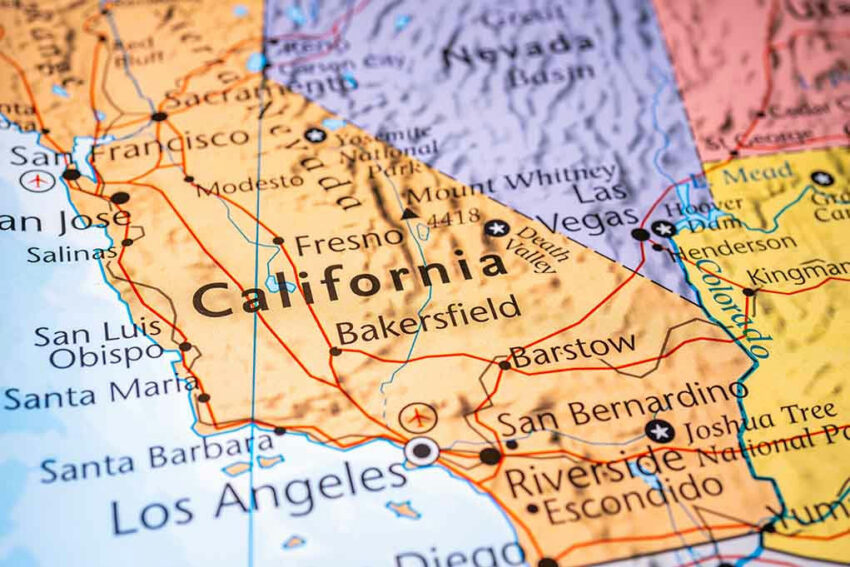California’s high-speed rail dream faces a reality check: A $4 billion federal funding cut, courtesy of the Trump administration, leaves the project hanging by a thread.
Federal Funding Axed
The Trump administration has officially pulled the plug on $4 billion in federal funding for California’s ambitious high-speed rail project. A compliance review by the Federal Railroad Administration (FRA) found substantial failures in meeting grant terms, leading to this drastic decision. Despite spending 16 years and roughly $15 billion, not a single mile of high-speed track has been laid, leaving many to wonder if this was ever about transportation or just another boondoggle.
Transportation Secretary Sean P. Duffy labeled the project a “boondoggle,” highlighting years of mismanagement and lack of progress. The FRA’s 310-page compliance review revealed a litany of issues, including budget overruns and missed deadlines, which ultimately left them with “no viable path” forward. The decision marks a significant blow to California’s plans for a modern, climate-friendly transportation infrastructure.
California’s Legal Battle
Governor Gavin Newsom has condemned the federal funding cut as “illegal,” promising to fight the decision in court. Newsom argues that the move not only jeopardizes California’s transportation future but also leaves Central Valley communities in economic limbo. The lawsuit filed by California aims to challenge what they view as an unlawful termination of funds, further entangling the project in legal red tape.
CHSRA CEO Ian Choudri disputed the federal review’s findings, claiming that the Authority met its obligations and that the termination is unjust. This conflict between state and federal authorities underscores the political tensions surrounding the project, with partisan lines drawn over infrastructure, climate policy, and state-federal relations.
Impact on Communities and Taxpayers
The immediate loss of federal funding halts progress on the high-speed rail project, threatening jobs and contracts in the Central Valley. Communities that were expecting an economic boost now face uncertainty and potential economic loss. For California taxpayers, the prospect of bearing increased costs looms large if the state attempts to continue the project without federal support.
The long-term implications could see the collapse or significant scaling back of the high-speed rail if alternative funding isn’t secured. This situation sends a negative signal to other states considering large infrastructure projects reliant on federal funding, potentially affecting future state-federal collaborations.
A Precedent for Federal Intervention
The clash over California’s high-speed rail is emblematic of the broader challenges facing U.S. infrastructure modernization efforts. The outcome of California’s lawsuit could set important precedents for federal grant enforcement and state-federal relations, impacting how future infrastructure projects are managed and funded.
Critics argue that the project’s continued delays and cost overruns make it a textbook case of fiscal irresponsibility. In contrast, supporters claim that high-speed rail is essential for California’s long-term transportation and environmental goals, and that federal withdrawal undermines innovation and climate action.
Sources:
Click this link for the original source of this article.
Author: Editorial Team
This content is courtesy of, and owned and copyrighted by, https://www.rightwinginsider.com and its author. This content is made available by use of the public RSS feed offered by the host site and is used for educational purposes only. If you are the author or represent the host site and would like this content removed now and in the future, please contact USSANews.com using the email address in the Contact page found in the website menu.








